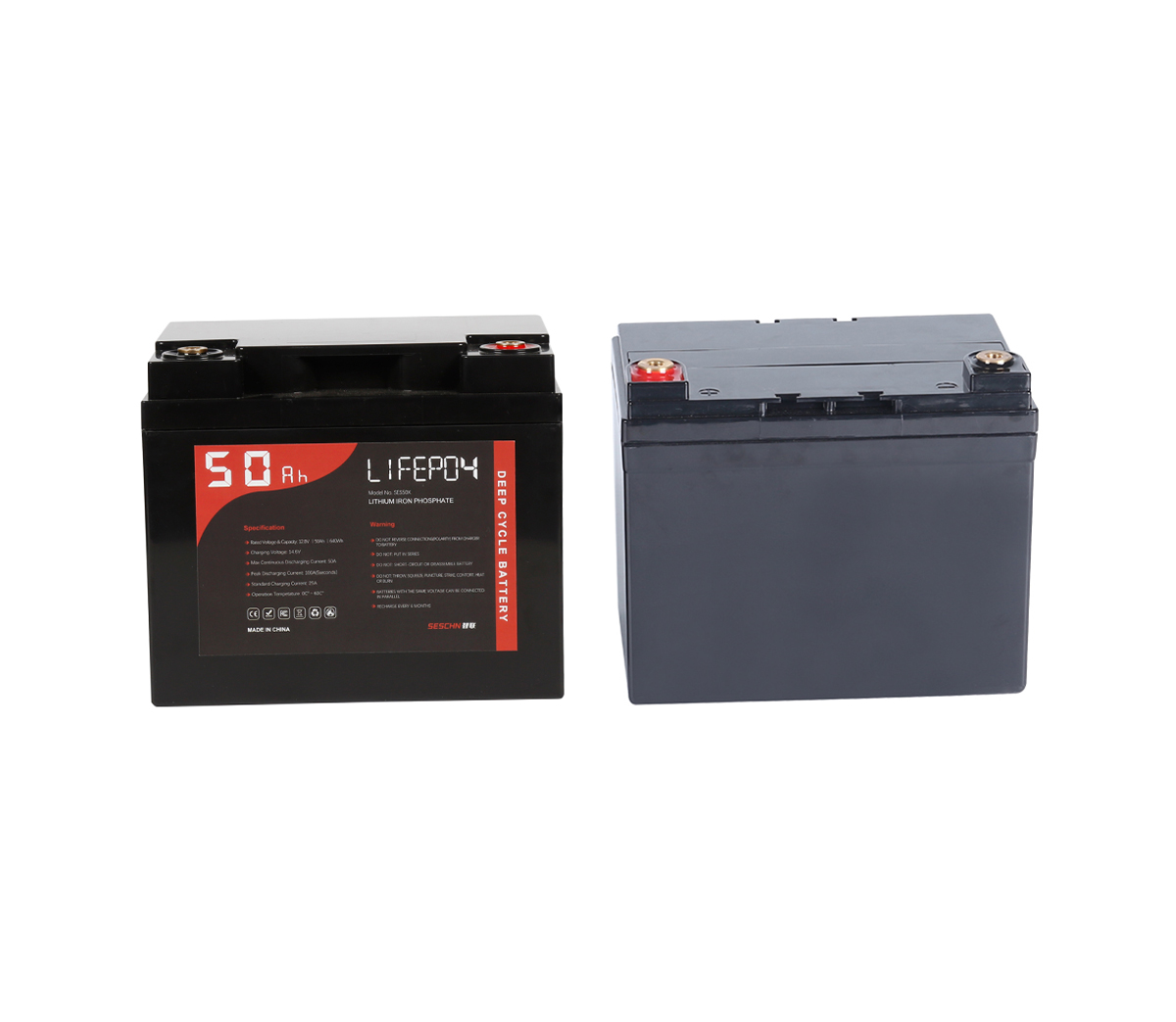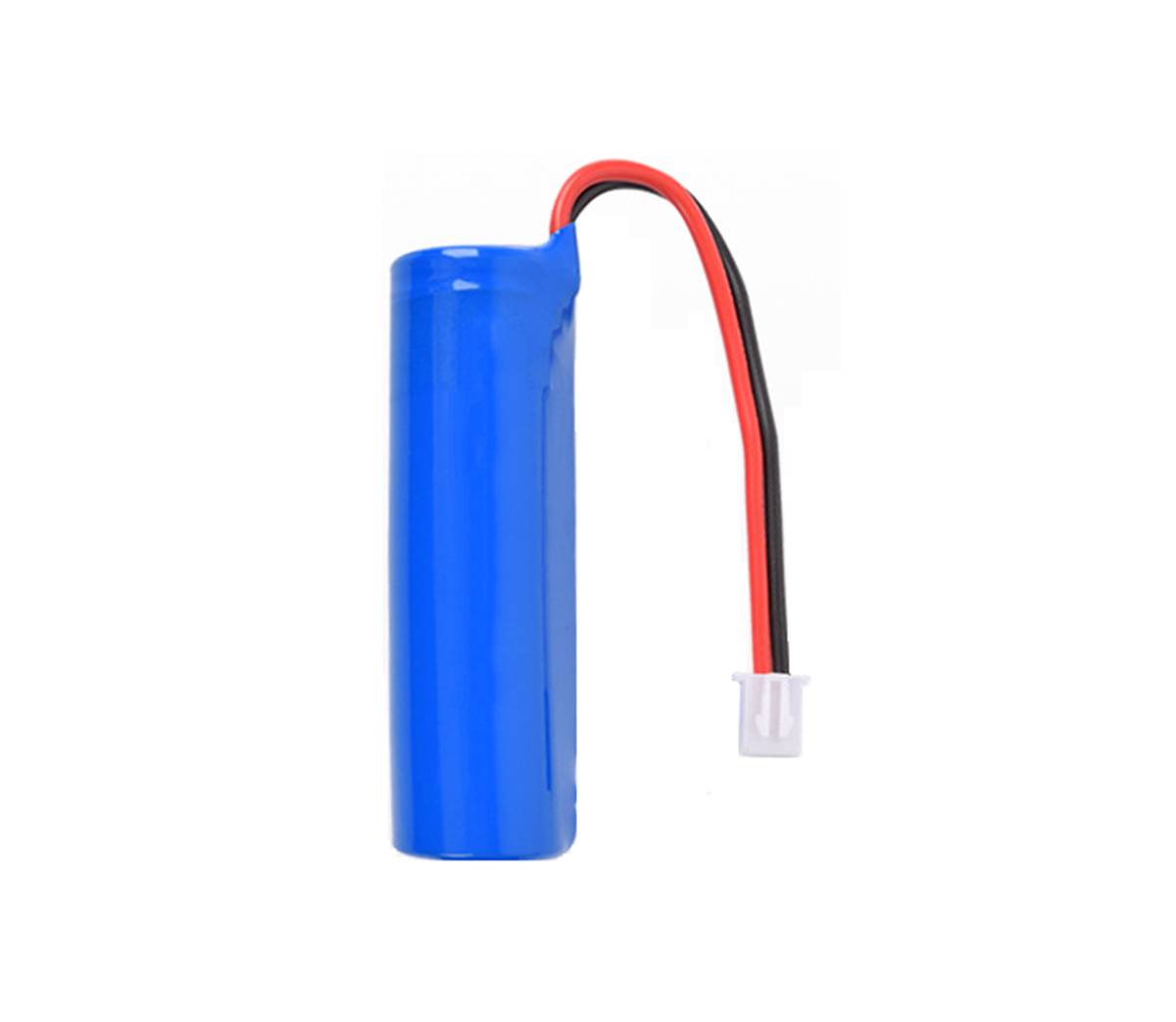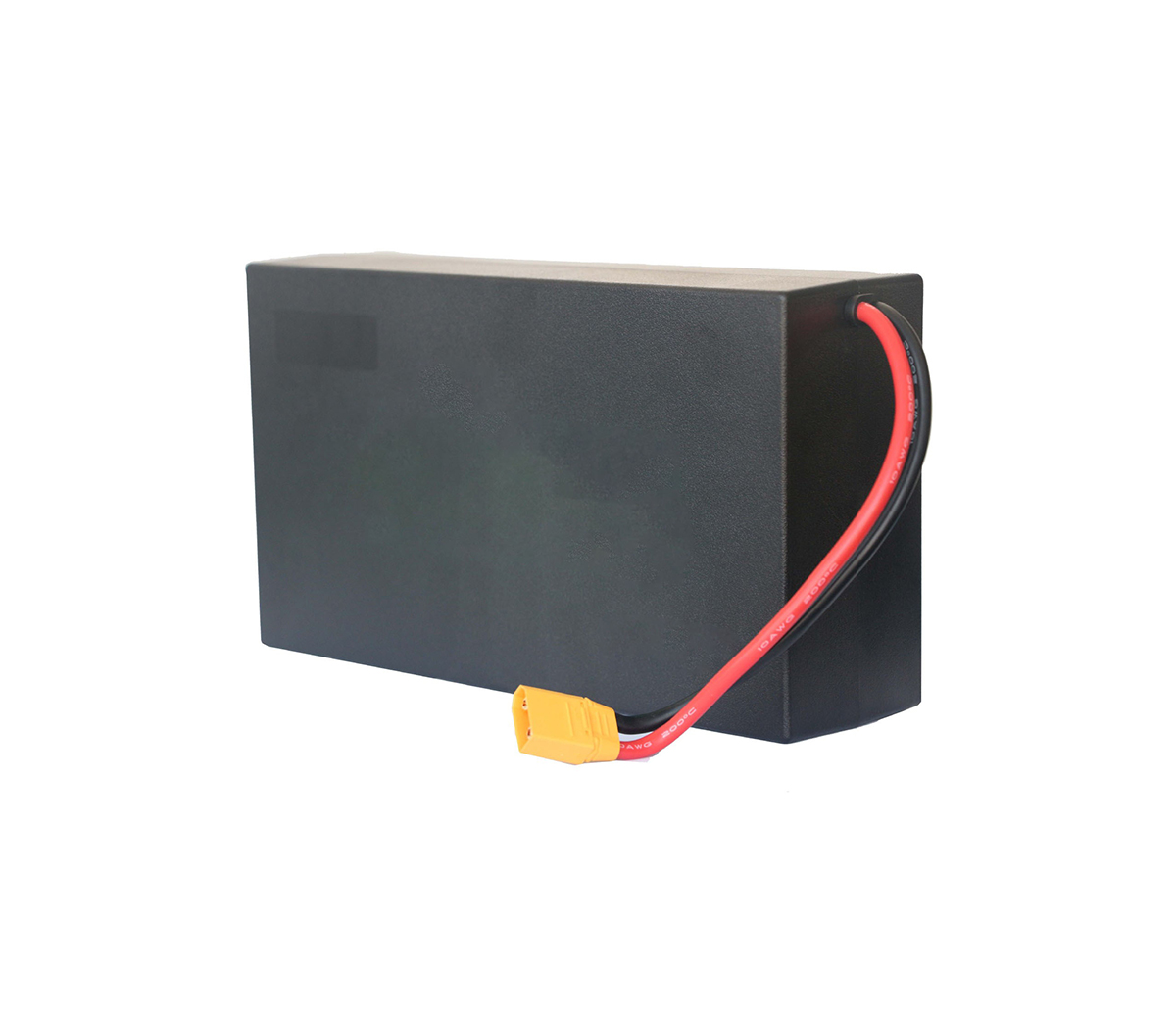
The introduction of energy storage in the energy storage technology system
can effectively use power equipment, reduce power supply costs, improve system
operation stability, adjust frequency, and compensate for load fluctuations. The
application of energy storage technology will bring about major changes in power
system design, planning, scheduling, and control.
1 Application of energy storage technology in power system
Energy storage technology has been regarded as an important part of the six
major links of "collection-generation-transmission-distribution-use-storage" in
the operation of the power grid. After the energy storage link is introduced
into the system, demand-side management can be effectively realized, the
peak-valley difference between day and night can be eliminated, the load can be
smoothed, power equipment can be used more effectively, power supply costs can
be reduced, and it can also be used to improve system operation stability,
adjust frequency, A means of compensating for load fluctuations. The application
of energy storage technology will surely bring about major changes in
traditional power system design, planning, dispatching, and control.
2 Principles and characteristics of energy storage technology
Energy storage system generally consists of two parts: energy storage
device composed of energy storage elements (components); grid access system
composed of power electronic devices. Mainly realize energy storage, release or
rapid power exchange.
The energy storage system has a wide range of capacity, from tens of
kilowatts to hundreds of megawatts; the discharge time span is large, from
milliseconds to hours; it has a wide range of applications, running through the
power generation, transmission, transformation, and distribution system.
The main functions of the energy storage system are as follows: (1) Used
for power peak shaving to solve power consumption contradictions; (2) Used on
the user side to improve power supply reliability; (3) Used for renewable energy
optimization and promote renewable energy development Application; (4) Used for
power system stability control to improve grid security.
Large-scale energy storage technology is a revolutionary breakthrough to
the traditional "send-and-use" power mode. It can reduce the investment in power
generation equipment, improve the utilization rate of power equipment, and
reduce line loss when installed near electrical equipment. Installation near big
cities can improve the reliability of power supply.
3 Current status of energy storage technology The forms of electrical
energy storage can be divided into four categories: mechanical energy storage
(such as pumped water storage, compressed air energy storage, flywheel energy
storage, etc.), chemical energy storage (such as sodium-sulfur batteries, flow
batteries, lead Acid batteries, nickel-cadmium batteries, super capacitors,
etc.), electromagnetic energy storage (such as superconducting magnetic energy
storage, etc.) and phase change energy storage (such as ice storage, etc.).
For a long time, research on energy storage technology in power systems has
focused on large-scale energy storage technology to solve the problem of system
peak shaving. Recently, small and medium-sized energy storage technologies such
as energy storage batteries, supercapacitors, superconducting magnetic energy
storage and high-efficiency flywheels have made considerable progress, which has
greatly expanded the application range of energy storage technologies. Relying
on these energy storage technologies of different scales, their applications can
run through all aspects of the power system's power generation, transmission,
distribution, distribution and consumption, so as to comprehensively improve the
operating efficiency, reliability, power quality and asset value of the power
system. 4 Power storage methods and development status
4.1 Compressed air energy storage power station
Compressed air energy storage (compressed air energy storage, CAES) is a
gas turbine power plant for peak shaving. It mainly uses the surplus electricity
from the grid load trough to compress air and stores it in a high-pressure
sealed facility with a typical pressure of 7.5 MPa. The peak is released to
drive the gas turbine to generate electricity. CAES gas storage has very little
possibility of leaking and cracking, high safety factor, long life, cold start,
black start, and fast response speed. It is mainly used for peak and valley
power recovery adjustment, load balancing, frequency modulation, distributed
energy storage and The power generation system is back-up.
4.2 Superconducting magnetic energy storage system
The superconducting magnetic energy storage system (SMES) uses coils made
of superconductors to store magnetic field energy. There is no need to convert
the form of energy during power transmission. It has the advantages of fast
response speed, high conversion efficiency, large specific capacity/specific
power, etc., which can be realized Real-time large-capacity energy exchange and
power compensation with the power system. SMES can fully meet the requirements
of power transmission and distribution network voltage support, power
compensation, frequency adjustment, improvement of system stability and power
transmission capacity.
4.3 flywheel energy storage
flywheel energy storage system is composed of high-speed flywheel, bearing
support system, motor/generator, power converter, electronic control system and
vacuum pump, emergency backup bearing and other additional equipment. At valley
load, the flywheel energy storage system is provided by the power frequency grid
to drive the flywheel to rotate at a high speed and store energy in the form of
kinetic energy; when a peak load occurs, the high-speed rotating flywheel acts
as the prime mover to drive the motor to generate electricity, and output
through the power converter. Current and voltage. Flywheel energy storage has
high power density, high efficiency, long cycle life, no pollution, simple
maintenance, and continuous operation. It is mainly used for uninterruptible
power supply/emergency power supply, grid peak shaving and frequency
control.
4.4 Battery Energy Storage System
battery energy storage system mainly uses the oxidation-reduction reaction
of the positive and negative electrodes of the battery for charging and
discharging.
Lead-acid batteries have a shorter lifespan at high temperatures, lower
specific energy and specific power, but they are cheap, low in construction
cost, reliable, and mature in technology. They have been widely used in power
systems. However, its cycle life is short, and there is a certain amount of
environmental pollution during the manufacturing process.
Sodium-sulfur and flow batteries are regarded as emerging, high-efficiency
and large-capacity electric energy storage batteries with broad development
prospects. The sodium-sulfur battery has high energy storage density, small
size, high system efficiency, and long cell life. It can be installed in stages
according to the purpose and construction scale. It is very suitable for urban
substations and special loads. The flow battery has small electrochemical
polarization, can discharge 100% deeply, has a long storage life, and its rated
power and capacity are independent of each other. The storage form can be freely
designed and the shape can be freely selected according to the location of the
installation.
4.5 Pumped Storage Power Station
When the pumped energy storage power station is put into operation, it must
be equipped with two upstream and downstream reservoirs. The pumped energy
storage equipment works in the state of the motor during the low load period,
and pumps the water from the downstream reservoir to the upstream reservoir for
storage. When the load peaks, the pumped energy storage equipment works on the
generator. The state, using the water stored in the upstream reservoir to
generate electricity. Pumped energy storage is mainly used in peak and valley
filling, frequency modulation, phase modulation, emergency backup, black start
and provision of system reserve capacity. It can also improve the operating
efficiency of thermal and nuclear power plants in the system. 4.6 Supercapacitor
Energy Storage Supercapacitor is developed based on the theory of
electrochemical double layer. It can provide powerful pulse power. When
charging, the electrode surface is in the ideal polarization state. The charge
will attract the opposite ions in the surrounding electrolyte solution to make
it attached. On the surface of the electrode, an electric double layer is formed
to form an electric double layer capacitor. Due to the very small distance
between the charge layers and the use of a special electrode structure, the
surface area of the electrode has increased tens of thousands of times,
resulting in a great electric capacity.
5 Prospects for the development of energy storage technology With the
increasing popularity of new energy sources (wind energy, solar energy, fuel
cells, etc.), as well as the urgent needs of power grid peak shaving,
improvement of grid reliability and improvement of power quality, the importance
of power storage systems has become increasingly prominent . Therefore, the
application prospect of electric energy storage technology is very broad. The
use of large-scale energy storage devices can reduce and delay the investment in
power generation, transmission, transformation, and power distribution
equipment, improve the utilization rate and power supply reliability of existing
power equipment, and reduce power generation coal consumption and power supply
line losses.
Once the energy storage system has a scale effect, it will produce economic
benefits from the following aspects:
5.1 Effectively improve the utilization rate of existing power generation,
transmission and distribution equipment, and change the growth mode of power
construction
Take Shanghai as an example. At present, Shanghai’s power generation system
and transmission and distribution system are planned and constructed in
accordance with the highest annual electricity load. At the same time,
Shanghai's load characteristics show obvious metropolitan characteristics, and
the day-night peak-valley difference is increasing day by day. The current daily
load rate is about 50% to 60%. Once the energy storage system has formed a scale
effect, the energy storage system can be used to increase the utilization of
equipment in the power generation and transmission and distribution links, and
reduce the corresponding power supply and grid construction costs. This will
completely change the construction model of the existing power system and
promote its transformation from an extensional expansion type to a connotation
synergistic type.
5.2 Reduce the operating costs of power generation companies and grid
companies, and reduce users’ electricity costs
The operation and maintenance of the energy storage system is relatively
simple, and the operation and maintenance costs of the power plant and the power
grid can be greatly saved after being put into use. Whether it is a power plant
or the power grid, the operation and maintenance are relatively complicated (p.
186) (p. 153). The energy system can save a lot of operation and maintenance
costs. In order to ensure the power balance during low load conditions, most
large thermal power units have to reduce their output to the minimum, and small
units need to be turned on and off at night and operate in "two shifts". After
the large-scale application of the energy storage system, under low load
conditions, the energy storage device can be started for energy storage, and the
unit can operate in a relatively economical output range, thereby obtaining
higher economic benefits.
5.3 Reduce power outage losses
After the realization of distributed energy storage, users can ensure power
supply through the energy storage system in some cases of grid failure and
maintenance. The safety and reliability of user power consumption are greatly
improved, the number of power outages (time) and power outage losses are greatly
reduced, and the economic effect is The social effect is obvious.
At present, the biggest obstacle to the promotion and application of
electric energy storage systems is the technological monopoly of a few foreign
companies, which has resulted in high prices. It is necessary to promote the
large-scale application of electric energy storage systems in the power grid:
firstly, mastering independent intellectual property rights to make its prices
drop significantly; secondly, relying on government policy encouragement and
financial promotion. If the localization of the power storage system can be
realized, and its cost can reach or approach the application level, then with
the gradual increase in the peak-to-valley price difference and the increasing
demand for power quality, the suppressed power grid's demand for the power
storage system will be Get a strong release quickly.



































